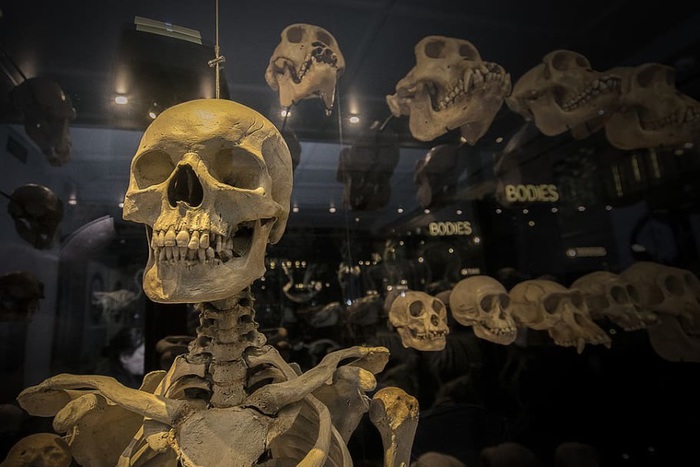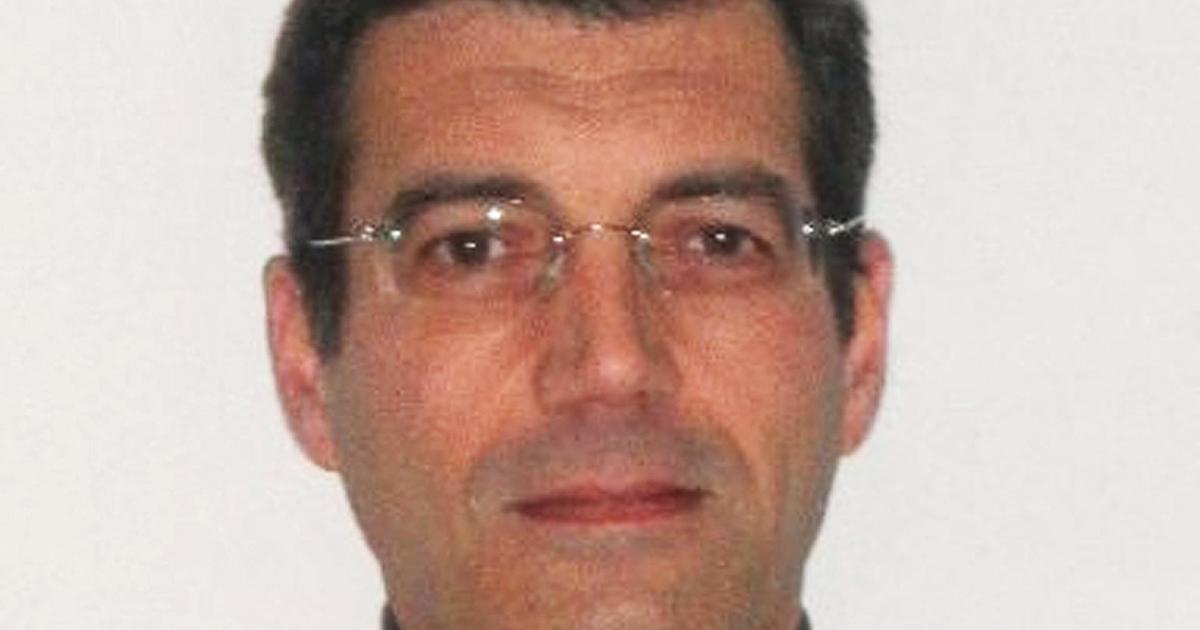The DNA of modern man retains the traces of the genetic material of a super-archaic ancestor, an unknown ancestor, common to all human groups that appeared on Earth, from the Neanderthals to the Denisovans. This is demonstrated by the study published in the journal Plos Genetics by the American universities Cornell and Cold Spring Harbor.
The research is based on a new algorithm developed by the same authors, which has made it possible to analyze and compare on the computer the human genetic sequences of 3 Neanderthals, 1 Denisova man and 2 modern men from Africa. An algorithm, experts explain, "which allows to identify segments of DNA from other human species, even if the flow of genetic material occurred thousands of years ago and comes from a still unknown source".
The results indicate that about 3% of Neanderthal DNA comes from older humans and that the crossbreeding occurred between 300,000 and 200,000 years ago. Furthermore, the algorithm shows that around 1% of Denisova's DNA comes from an older human being and that around 15% of super-archaic DNA could have passed on to modern humans.
Anthropologists know that about 50,000 years ago the Sapiens left Africa and crossed paths with the Neanderthals in Eurasia. But for the experts these were not the only contacts with other human species. In our DNA, in fact, there are traces of a common ancestor, of which little is known, experts explain.
"The analysis of ancient genomes - concluded Melissa Hubisz, of Cornell University, among the authors of the study - suggests that several branches of the human genealogical tree have crossed several times, and earlier than previously assumed".















